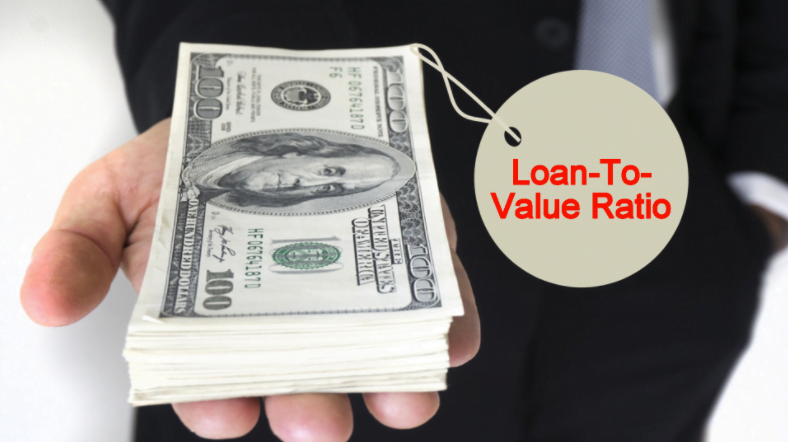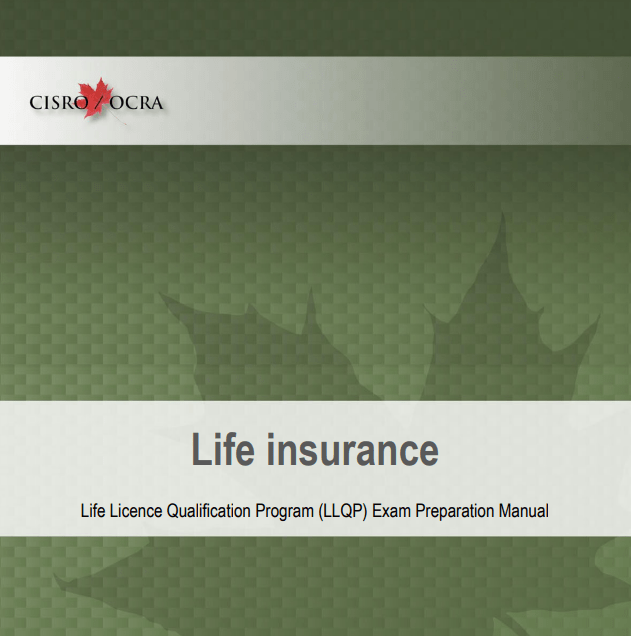
What is loan to value (ltv)?
The ltv is the amount of the loan, in dollars, in relation to the value of the property, in dollars, expressed as a percentage that is typically rounded off to two decimal places (unless it is an exact number). For example, if the ltv is exactly 90% there is no need to show any decimal places. Lenders use this ratio to determine the maximum loan amount for a given property based on the specific type of loan product that is offered by the lender.
There are two calculations when using the ltv. The first is calculating the ltv of a mortgage. To accomplish this we divide the amount of the loan by the value of the property. For example, if we had a $200,000 mortgage and a $400,000 house, the equation would look like this:
$200,000 / $400,000
Mortgage brokering in Ontario is regulated by the Financial Services Commission of Ontario (FSCO) and requires a license. To obtain a license you must first pass an accredited course. The Real Estate and Mortgage Institute of Canada Inc. (REMIC) is accredited by FSCO to provide the course. For more information please visit us at www.remic.ca/getlicensed or call us at 877-447-3642.
The second use for the loan to value is to determine a maximum mortgage amount. To accomplish this we multiply the loan to value by the value of the house. For example, if we have a loan to value of 90% and a $400,000 house, the equation would look like this:
90% x $400,000
To better illustrate these calculations let’s look at a few examples.
Example 1 – calculating the loan to value
A client would like a 1st mortgage in the amount of $270,000. The property he is purchasing is valued at $300,000. What is the LTV of the proposed 1st mortgage?
Solution
LTV = (Proposed 1st mortgage amount / Property value) x 100
LTV = (270,000 / 300,000) x 100
LTV = .90 x 100
LTV = 90%
Therefore, the loan to value of the proposed 1st mortgage is 90%.
Pause for clarification – Converting decimals to percentages
When you calculate a percentage the decimal number must be multiplied by 100 to obtain the percentage. For example, 10 is 10% of 100. We can calculate this by dividing 10 by 100 (10/100). That, however, equals 0.10. The answer is not 0.10 percent. To convert the decimal to its percentage you must multiply it by 100. Therefore, 0.10 multiplied by 100 equals 10. This (10) is the percentage.
Example 2 – calculating the loan to value
A client would like to refinance her 1st mortgage in the amount of $185,000. She has told you that her home is worth $222,000. What is the ltv of this proposed mortgage?
Solution
LTV = (Proposed 1st mortgage amount / Property value) x 100
LTV = (185,000 / 222,000) x 100
LTV = (8.33333333E-1) x 100
LTV = .833333333 x 100
LTV = 83.33%
Therefore the loan to value of the proposed 1st mortgage is 83.33%.












